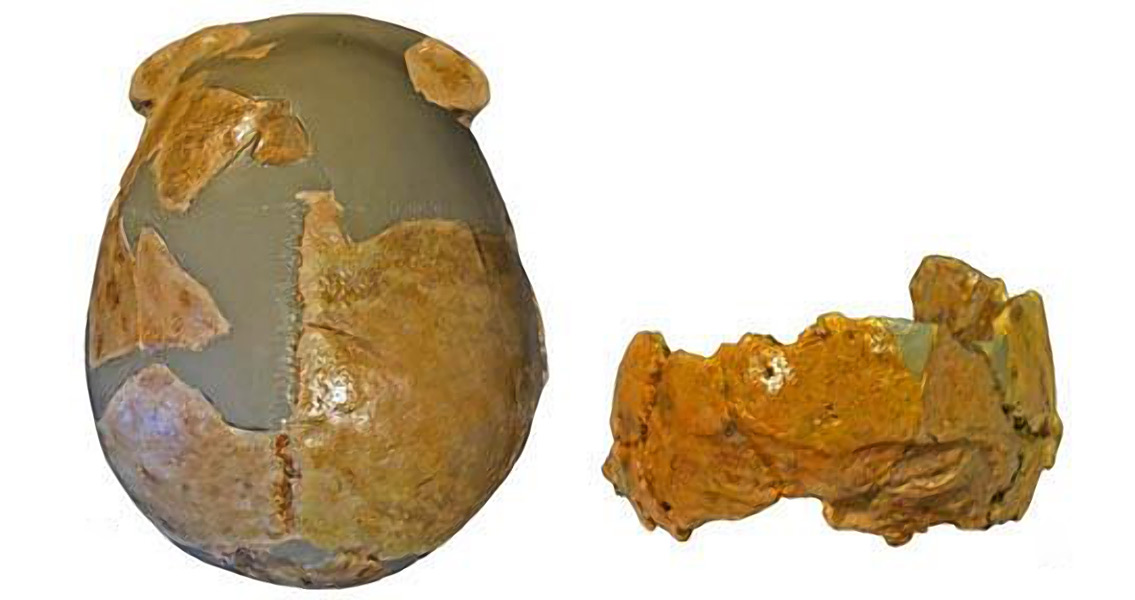<![CDATA[Between 200,000 and 50,000 years ago an explosion occurred in the diversity of human biology. Two Late Pleistocene human skulls recently discovered in China and exhibiting certain Neanderthal traits are shedding new light on this hitherto poorly understood period of human evolution. The swift amplification in regional diversity of human biology was a pivotal moment in the development of modern humans. A fragmentary fossil record means there has traditionally been little information about the Middle and early Late Pleistocene humans in the more northern portions of eastern Eurasia however, in turn restricting our understanding of the development of the overall diversity in humans across Eurasia. Paleontologists from the Institute of Vertebrate Paleontology and Paleoanthropology (IVPP) of the Chinese Academy of Sciences have recently published a report documenting two Late Pleistocene crania dating to between 105,000 and 125,000-years old and discovered in Lingjing, Xuchang, China. According to the authors, these skulls display a mosaic of similarities and differences to their western Eurasian contemporaries. On the one hand, both skulls (labelled Xuchang 1 and 2) reflect eastern Eurasian ancestry by having low, flat, inferiorly broad neurocrania (upper and back part of the skull). On the other hand, they share various morphological characteristics in common with the Neanderthals, such as the inner ear layout. Put simply, many characteristics of these skulls from the northern portion of eastern Eurasia are common to late Pleistocene humans found elsewhere, both archaic and modern. However, several distinctly Neanderthal features are also displayed revealing a complex morphological and evolutionary mosaic. "This morphological combination, particularly the presence of a mosaic not known among early Late Pleistocene humans in the western Old World, suggests a complex interaction of directional paleobiological changes and intra- and interregional population dynamics", explained Dr. WU Xiujie of the IVPP, project designer and co-corresponding author of the study, in a press release. "From their fossil record, eastern Asian late archaic humans have been interpreted to resemble their Neanderthal contemporaries to some degree, with considerations of whether the fragmentary remains of the former exhibit features characteristic of the latter." Dr. WU Xiujie continued. "Yet it is only with the discovery of two human crania (plus additional elements) from the Lingjing site in Xuchang County of Henan Province, China, that the nature of these eastern Eurasian early Late Pleistocene archaic humans is becoming clear." Dr. Xiujie and colleagues' findings have the potential to greatly enhance our understanding of the history of the amplification of regional diversity. Their results reveal both a pattern of continuity between Middle Pleistocene and Late Pleistocene humans, but also complex interactions between populations across Eurasia in the period. Study co-corresponding author Dr. Erik Trinkaus from the Department of Anthropology of Washington University in St. Louis placed the team's findings in a broader context of human development. "Similar interactions can be inferred from the presence of Neanderthal ancient DNA in western Siberia and in the Tianyuan 1 early modern human from northern China. These data therefore argue both for substantial regional continuity in eastern Eurasia into the early Late Pleistocene and for some level of east-west population interaction across Eurasia". The Xuchang Crania are providing a vital window into the biological and population history of the Late Pleistocene, and insights into the development of modern human biology across Europe and Asia. Image courtesy of WU Xiujie]]>
Neanderthal and Human Characteristics Shown in Two Ancient Skulls
